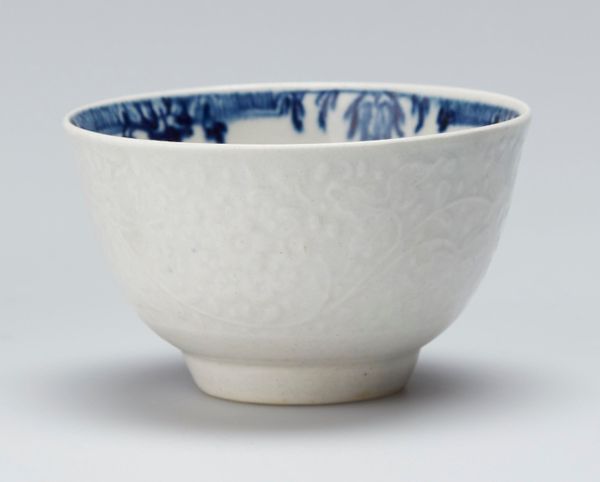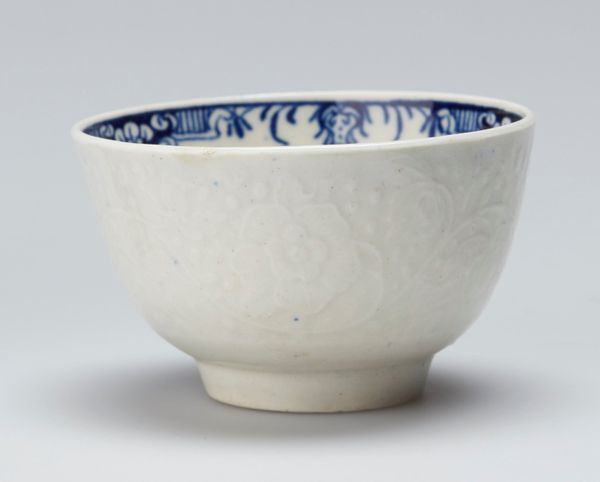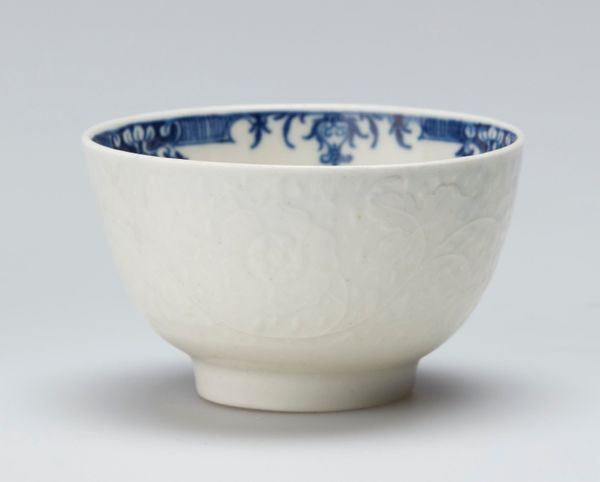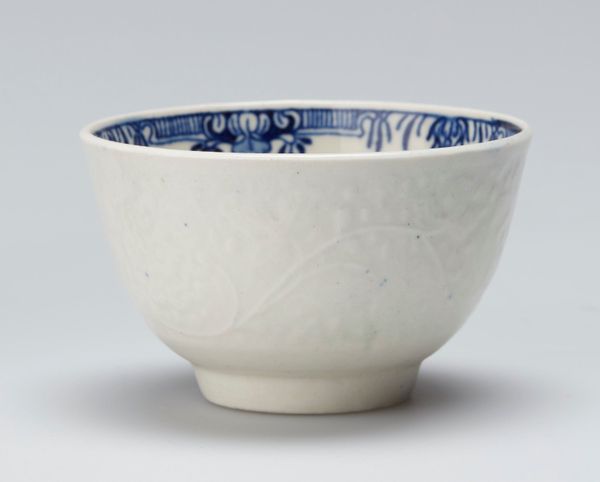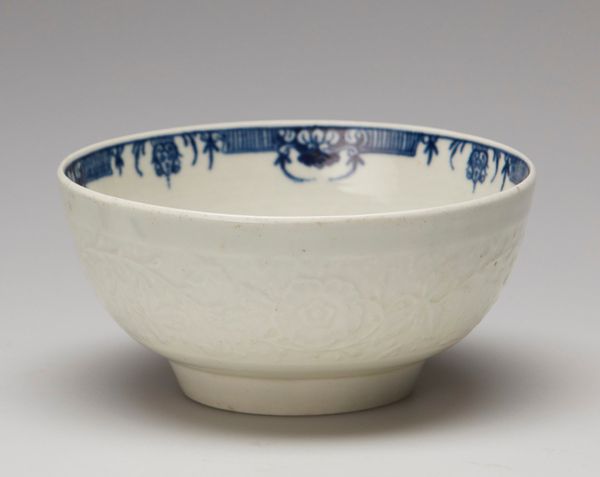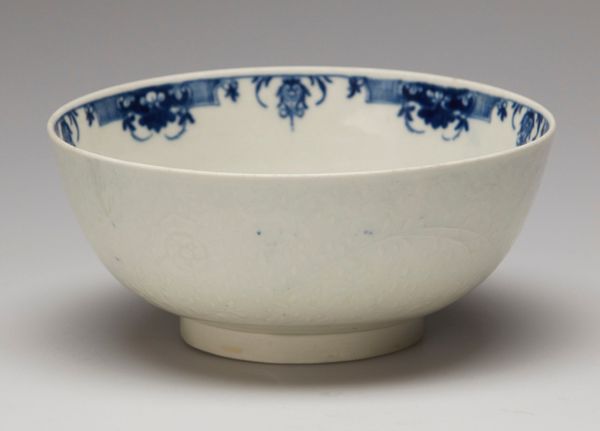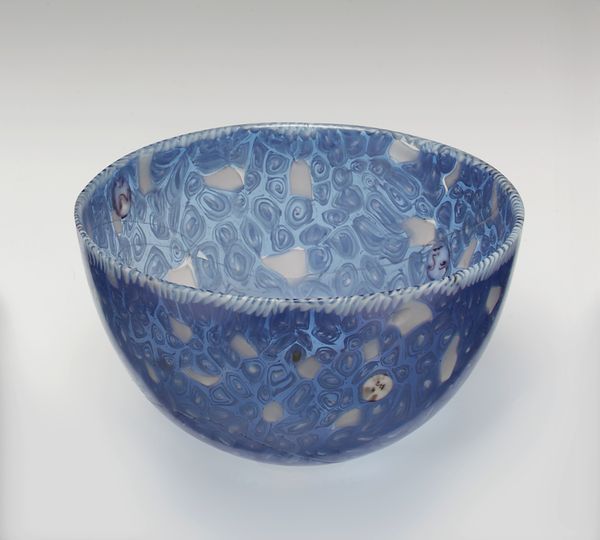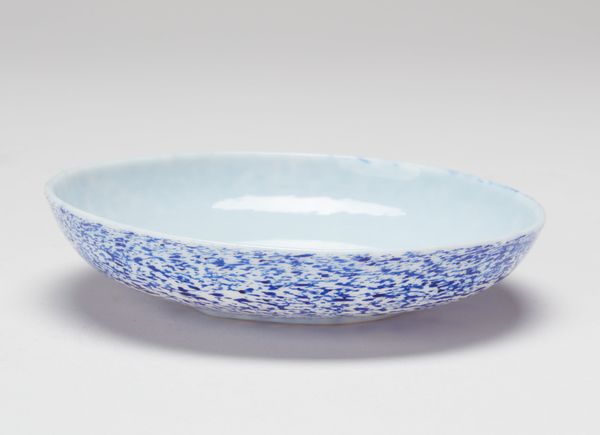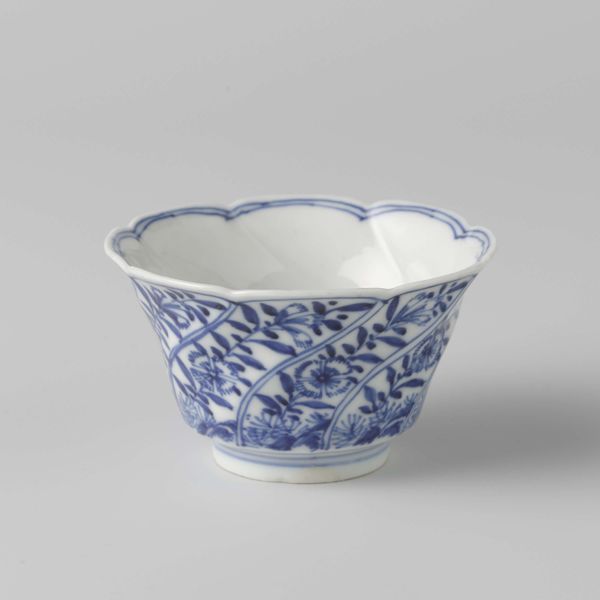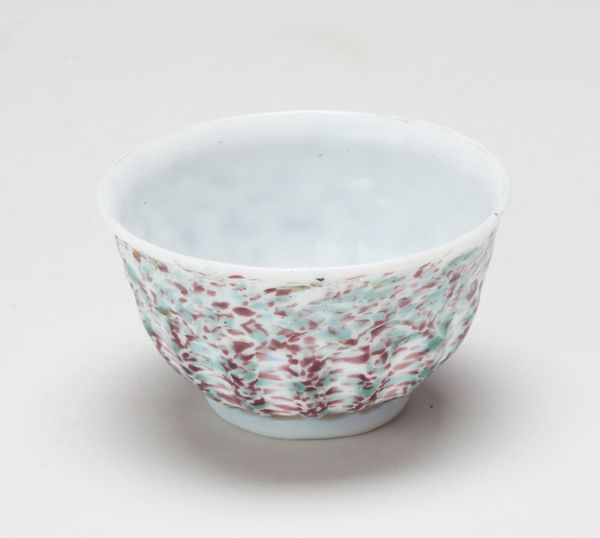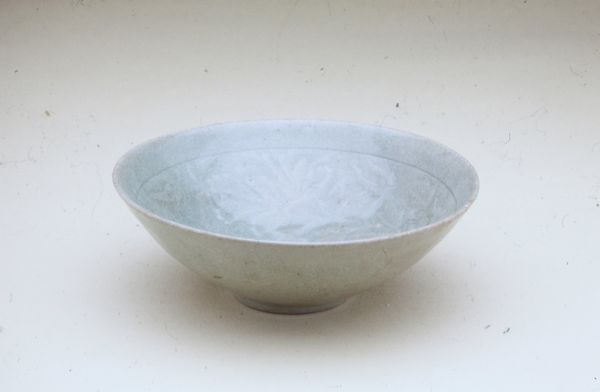
Tea cup c. 18th century
0:00
0:00
ceramic, porcelain
#
asian-art
#
ceramic
#
porcelain
#
ceramic
#
decorative-art
#
rococo
Copyright: Public Domain
This delicate tea cup was made by the Worcester Porcelain Works, a company founded in England in 1751. The blue floral pattern inside references Chinese porcelain which was highly sought-after in Europe at this time. But, in this period of burgeoning global trade, it also represents the appropriation of Chinese art and culture by European manufacturers and consumers. Tea drinking had become a fashionable social ritual among the British elite, and owning fine porcelain teaware was a status symbol. The rise of companies like the Worcester Porcelain Works reflects Britain's growing economic power and the rise of a consumer culture driven by global trade and colonial exploitation. This cup speaks to the complex social and economic forces that shaped artistic production. To understand this work better, one might research the history of the British East India Company, the social rituals of tea drinking, and the global trade in porcelain. The meaning of art is contingent on social and institutional context.
Comments
No comments
Be the first to comment and join the conversation on the ultimate creative platform.

